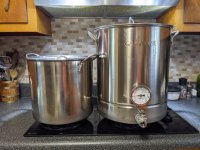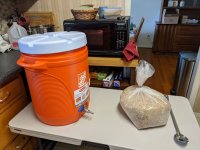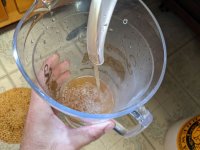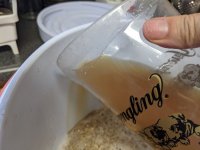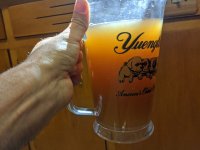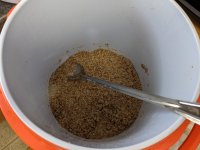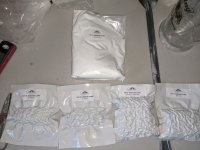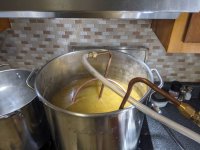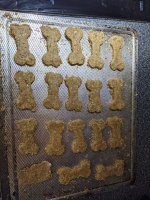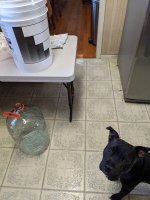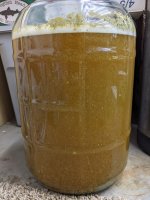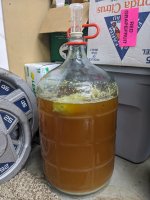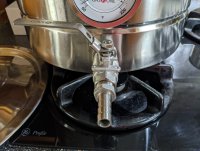For my very first AG brew I did a Lawsons Sip of Sunshine clone recipe and everything seems to have gone well. From start to finish in 5 hours. More pictures added in post 11.
I used strike water at around 162 F and it gave me a mash temp at 153 F (1 degree over what my instructions said), which it stayed at for the entire hour. I got around 3 gallons from my first runnings, I then sparged 4 more gallons using water at around 160 F. Total boil was 7 gallons.

My OG came in at 1.6 both before and after my boil (reading for both taken at ~68F). Did I do something wrong or am I reading this wrong? The instructions say my OG should be 1.076 and FG 1.016


I was only able to get around 4.5 gallons into my carboy since my auto-siphon was giving me trouble, but I did avoid bringing in a lot of trub from the bottom of the kettle.



I used strike water at around 162 F and it gave me a mash temp at 153 F (1 degree over what my instructions said), which it stayed at for the entire hour. I got around 3 gallons from my first runnings, I then sparged 4 more gallons using water at around 160 F. Total boil was 7 gallons.

My OG came in at 1.6 both before and after my boil (reading for both taken at ~68F). Did I do something wrong or am I reading this wrong? The instructions say my OG should be 1.076 and FG 1.016


I was only able to get around 4.5 gallons into my carboy since my auto-siphon was giving me trouble, but I did avoid bringing in a lot of trub from the bottom of the kettle.



Last edited:




































![Craft A Brew - Safale S-04 Dry Yeast - Fermentis - English Ale Dry Yeast - For English and American Ales and Hard Apple Ciders - Ingredients for Home Brewing - Beer Making Supplies - [1 Pack]](https://m.media-amazon.com/images/I/41fVGNh6JfL._SL500_.jpg)






















